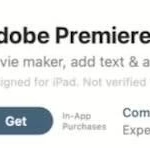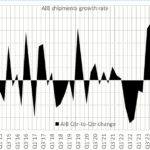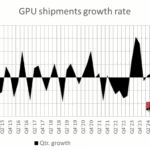Eye-tracking software has applications in advertising, Web-site design, and consumer-product testing. It could also help make engineering software easier to learn and use. (8/25/05)
By L. Stephen Wolfe, P.E.
August 25, 2005 – It’s hard to find novel technologies at the annual ACM Siggraph exposition anymore. Sure the high-energy event is crammed with young people wanting to see all the latest graphics software and hardware. But the new products are mostly improved versions of existing technologies. Graphics adapters, immersion domes, haptic controllers, and 3D modeling and animation software have been the staples of Siggraph for a decade or more. Wholly original applications are rare.

One innovative application that caught our jaded eyes this year was a new and improved system for eye tracking from Tobii Technology in Stockholm. This combination of hardware and software is not only original but also useful and cost-effective. It provides insights into customer behavior that can’t be gained by other means.
Why track eye movements?
Where we look tells us a lot about what we’re thinking. Eye-tracking software measures where a subject is looking and records this information in what Tobii calls a scan path. When subjects look at print advertisements, packages, Web sites or computer applications, the movement of their eyes tells where they are looking. This information helps designers determine whether their messages are getting through to the viewer.
For instance, ad designers want prospects to focus on the product’s brand name. Package designers want to be sure that customers know what’s in the package. Web site designers want to draw prospects’ attention to action items, such as order buttons or hyperlinks to inner pages. Designers of computer programs want users to find the menu items they need quickly.
A scan path from a single individual may not be representative of the target population. So Tobii has developed a application called Clearview that enables market researchers to combine scan paths from multiple subjects into a single graphic display. Regions where many people spend time looking are highlighted in red. Less noticed regions appear yellow or green. Regions that subjects barely notice are gray. Red zones, which Tobii calls hot spots, should correspond to parts of the composition where designers want to draw attention. If they don’t, the designer should change the size or position of the elements, remove distracting elements, or use other devices to direct subjects’ attention to the desired parts of the design.
How it works
Tobii’s eye-tracking system employs special hardware together with its Clearview software. For evaluating Web sites, advertising, and software, Tobii makes the model 1750 eye-tracking display. It includes a 17-inch flat-panel monitor plus stereo CCD cameras that track the subject’s eye motion and convey it to a personal computer. For evaluating interactions with physical objects, such as toys for infants, Tobii sells the model x50, a camera setup without the monitor.
The tracking system must be calibrated for each individual user, a process that takes a skilled operator less than a minute. During the calibration, the subject sees two moving white dots on the screen each of which represents his or her own eyes. Wink and one of the dots disappears. Once calibrated, the system lets subjects turn their heads or shift positions in the chair without losing track of them.
What’s this got to do with engineering?
Clearview is not an engineering application, per se, but it could be very useful to companies that both make and use engineering software. When using engineering software, especially as a novice, it’s often hard to find the appropriate button or pull- down menu to complete a task. I often find myself looking all over the screen to find the right control because it isn’t where I expected it.
Software developers could use Tobii’s eye-tracking system to study how customers interact with their products. For instance, users’ eyes jumping all over the display suggests that menu items aren’t located where the user expects or aren’t clearly recognizable. Tracking the eye movements of customers of differing experience levels and generating hot spot diagrams would let developers know where on the display customers look when performing various tasks. Such diagrams might provide insights about ways to make interfaces more intuitive and efficient.
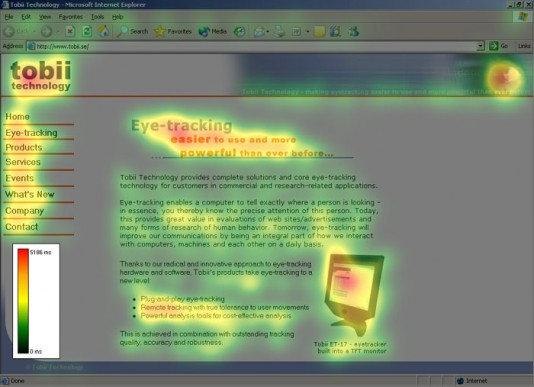
Software developers and their customers could use the eye-tracking system to rationalize Web pages for both sales and customer support. Such pages are often cluttered, making it hard for customers to find needed product information. John Elvesjö, who demonstrated Tobii’s software at Siggraph, says 40 percent of Tobii’s customers use the system for Web-site design.
Elvesjö says that many firms get started by hiring consultants who own and operate the Tobii systems for advertisers or Web-site designers. Marketing consultants can aid customers not only in using the software but also interpreting the results. Since Tobii is relatively new to the North American market, its consulting network is not well developed. InEurope, more consultants are using the system.
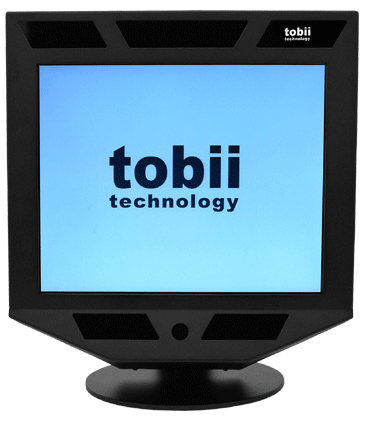
The Tobii model 1750 sells for $24,500. The Clearview Usability Package costs $6,900 bring the total systems price (sans computer) to $31,400. Contact: http://www.tobii.com/.
Tobii isn’t the only company making eye-tracking systems. Competitors include:
Applied Science Laboratories http://www.a-s-l.com/
Arrington Research http://www.arringtonresearch.com/
Cambridge Research systems http://www.crsltd.com/catalog/gazetracker/index.html
Seeing Machines http://www.seeingmachines.com/index.htm
Smarteye http://www.smarteye.se/home.html
SensorMotoric Instruments http://www.smi.de/
Some of these companies have been around since the late 1990s. Competition, economies of scale, and evolving technology may drive down the price of eye-tracking hardware during the next few years. For example, researchers at the State University of New York in Stony Brook are developing eye-tracking systems based on electro-oculography, which they claim will be much cheaper to make than the current systems based on reflectance of infra-red light. (See http://www.cs.sunysb.edu/~vislab/projects/eye/ for details.)
For the present, Tobii argues that its software is easier to set up and use than the competition, an important consideration when shopping for a system. Cyon Research hasn’t compared the usability or prices of competing offerings.
For questions or comments about this article, write [email protected].


